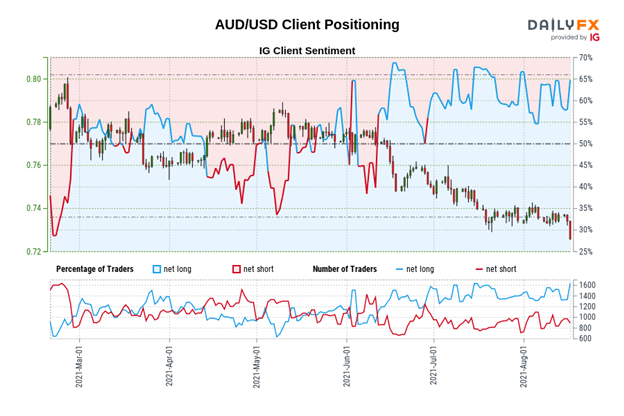


The Bank of Canada raised rates by 75-bps in September after a 100-bps rate hike in July, suggesting a climbdown in the their aggressive approach. Relative to the Federal Reserve’s still-aggressive intentions, this change in perception has been a negative development for the Australian, Canadian, and New Zealand Dollars.įor more information on central banks, please visit the DailyFX Central Bank Release Calendar. After raising rates aggressively over the course of 2022 – frontloading rate hikes, if you will – the three commodity currency central banks appear poised to slowdown their pace of monetary policy tightening moving forward. In this edition of Central Bank Watch, we’re examining the rates markets around the Bank of Canada, Reserve Bank of Australia, and Reserve Bank of New Zealand. Retail trader positioning suggests that AUD/USD rates have a bearish bias, NZD/USD rates have a mixed bias, and USD/CAD rates have a bullish bias.While the Reserve Bank of Australia and Reserve Bank of New Zealand won’t meet again until November, both central banks are forecast to raise rates by 50-bps next month.The Bank of Canada is expected to raise rates by 50-bps when policymakers meet later this month.As with all such advisory services, past results are never a guarantee of future results.įOREXLIVE™ may be compensated by the advertisers that appear on the website, based on your interaction with the advertisements or advertisers. FOREXLIVE™ expressly disclaims any liability for any lost principal or profits without limitation which may arise directly or indirectly from the use of or reliance on such information.

Any news, opinions, research, data, or other information contained within this website is provided as general market commentary and does not constitute investment or trading advice. Past performance is no guarantee of future results and FOREXLIVE™ specifically advises clients and prospects to carefully review all claims and representations made by advisors, bloggers, money managers and system vendors before investing any funds or opening an account with any Forex dealer. None of the blogs or other sources of information is to be considered as constituting a track record. Clients and prospects are advised to carefully consider the opinions and analysis offered in the blogs or other information sources in the context of the client or prospect's individual analysis and decision making. Educate yourself on the risks associated with foreign exchange trading and seek advice from an independent financial or tax advisor if you have any questions.įOREXLIVE™ is not an investment advisor, FOREXLIVE™ provides references and links to selected blogs and other sources of economic and market information as an educational service to its clients and prospects and does not endorse the opinions or recommendations of the blogs or other sources of information. You could lose some or all your initial investment do not invest money that you cannot afford to lose.

Before you decide to trade foreign exchange, carefully consider your investment objectives, experience level, and risk tolerance. Leverage creates additional risk and loss exposure. Read this Term is trading at the lowest since Nov 3 ahead of the decision, largely due to oil and natural gas price declines.įoreign exchange trading carries a high level of risk that may not be suitable for all investors. At the time of writing, the CAD accounts for 2% of all global currency reserves.Its appeal is strong among central banking authorities given Canada’s economic strength, sovereignty, and historic stability.Originally i The Canadian dollar (CAD) is the official currency of Canada and at the time of writing is the fifth most-held reserve currency in the world behind only the US dollar, euro, Japanese yen, and British pound.The CAD is commonly referred to as the Loonie by forex analysts and traders. The real question is whether the terminal top and there's some certainty around that. CIBC argues that it doesn't really matter whether the Bank of Canada does 50 bps now and calls a halt to hikes or does 25 bps now and 25 bps in January then pauses.


 0 kommentar(er)
0 kommentar(er)
